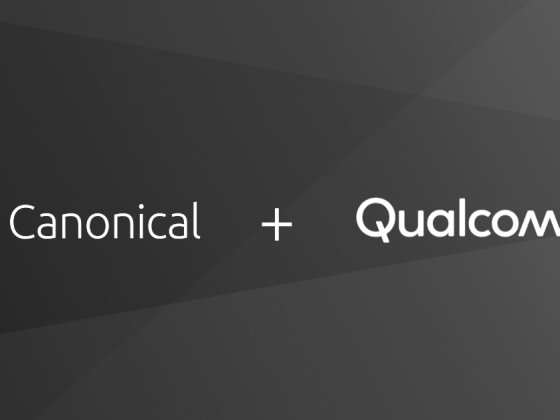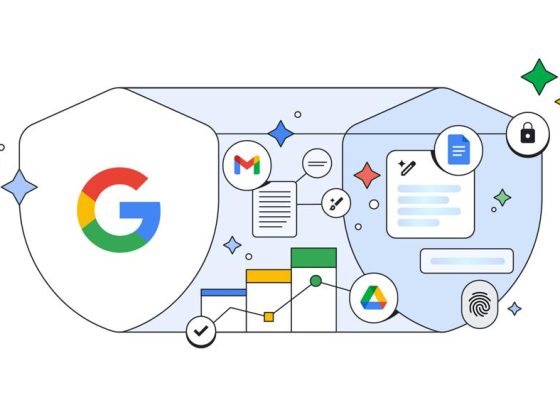Wondering how to get started with Vertex AI? Below, we’ve collected a list of resources to help you build and hone your skills across data science, machine learning, and artificial intelligence on Google Cloud.
We’ve broken down the resources by what we think a Data Analyst, Data Scientist, ML Engineer, or a Software Engineer might be most interested in. But we also recognize there’s a lot of overlap between these roles, so even if you identify as a Data Scientist, for example, you might find some of the resources for ML Engineers or Developers just as useful!
From our partners:
Data Analyst
From data to insights, and perhaps some modeling, data analysts look for ways to help their stakeholders understand the value of their data.
Data exploration and Feature Engineering
- [Guide] Exploratory Data Analysis for Feature Selection in Machine Learning
- [Documentation] Feature preprocessing in BigQuery
Data visualization
- [Guide] Visualizing BigQuery data using Data Studio
- [Blog] Go from Database to Dashboard with BigQuery and Looker
Data Scientist
As a data scientist, you might be interested in generating insights from data, primarily through extensive exploratory data analysis, visualization, feature engineering, and modeling. If you’d like one place to start, check out Best practices for implementing machine learning on Google Cloud.
Model registry
Model training
- [Codelab] Train models with the Vertex AI Workbench notebook executor
- [Codelab] Use autopackaging to fine tune Bert with Hugging Face on Vertex AI Training
- [Blog] How To train and tune PyTorch models on Vertex AI
Large scale model training
- [Codelab] Multi-Worker Training and Transfer Learning with TensorFlow
- [Blog] Optimize training performance with Reduction Server on Vertex AI
- [Video] Distributed training on Vertex AI Workbench
Model tuning
Model serving
- [Blog] How to deploy PyTorch models on Vertex AI
- [Blog] 5 steps to go from a notebook to a deployed model
ML Engineer
Below are resources for an ML Engineer, someone whose focus area is MLOps, or the operationalization of feature management, model serving and monitoring, and CI/CD with ML pipelines.
Feature management
- [Blog] Kickstart your organization’s ML application development flywheel with the Vertex Feature Store
- [Video] Introduction to Vertex AI Feature Store
Model Monitoring
ML Pipelines
- [Blog] Orchestrating PyTorch ML Workflows on Vertex AI Pipelines
- [Codelab] Intro to Vertex Pipelines
- [Codelab] Using Vertex ML Metadata with Pipelines
Machine Learning Operations
Software Engineer with ML applications
Here are some resources if you work more as a traditional software engineer who spends more time on using ML in applications and less time on data wrangling, model building, or MLOps.
- [Blog] Find anything blazingly fast with Google’s vector search technology
- [Blog] Using Vertex AI for rapid model prototyping and deployment
- [Video] Machine Learning for developers in a hurry
Looking for resources?
Are you looking for more information but you can’t seem to find them? Let us know! Reach out to us on Linkedin:
By: Nikita Namjoshi (Developer Advocate) and Polong Lin (Developer Advocate)
Source: Google Cloud Blog
For enquiries, product placements, sponsorships, and collaborations, connect with us at [email protected]. We'd love to hear from you!
Our humans need coffee too! Your support is highly appreciated, thank you!








